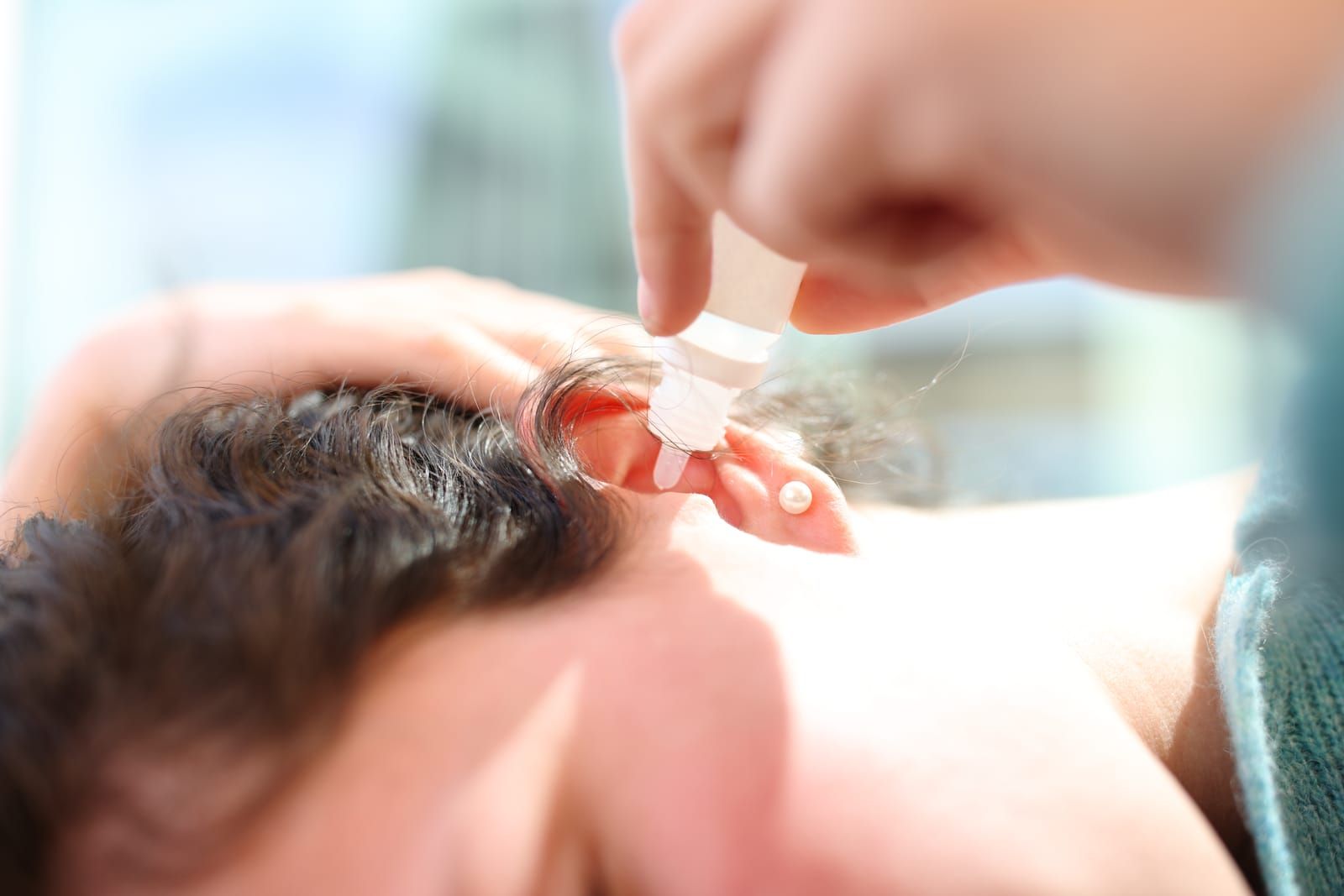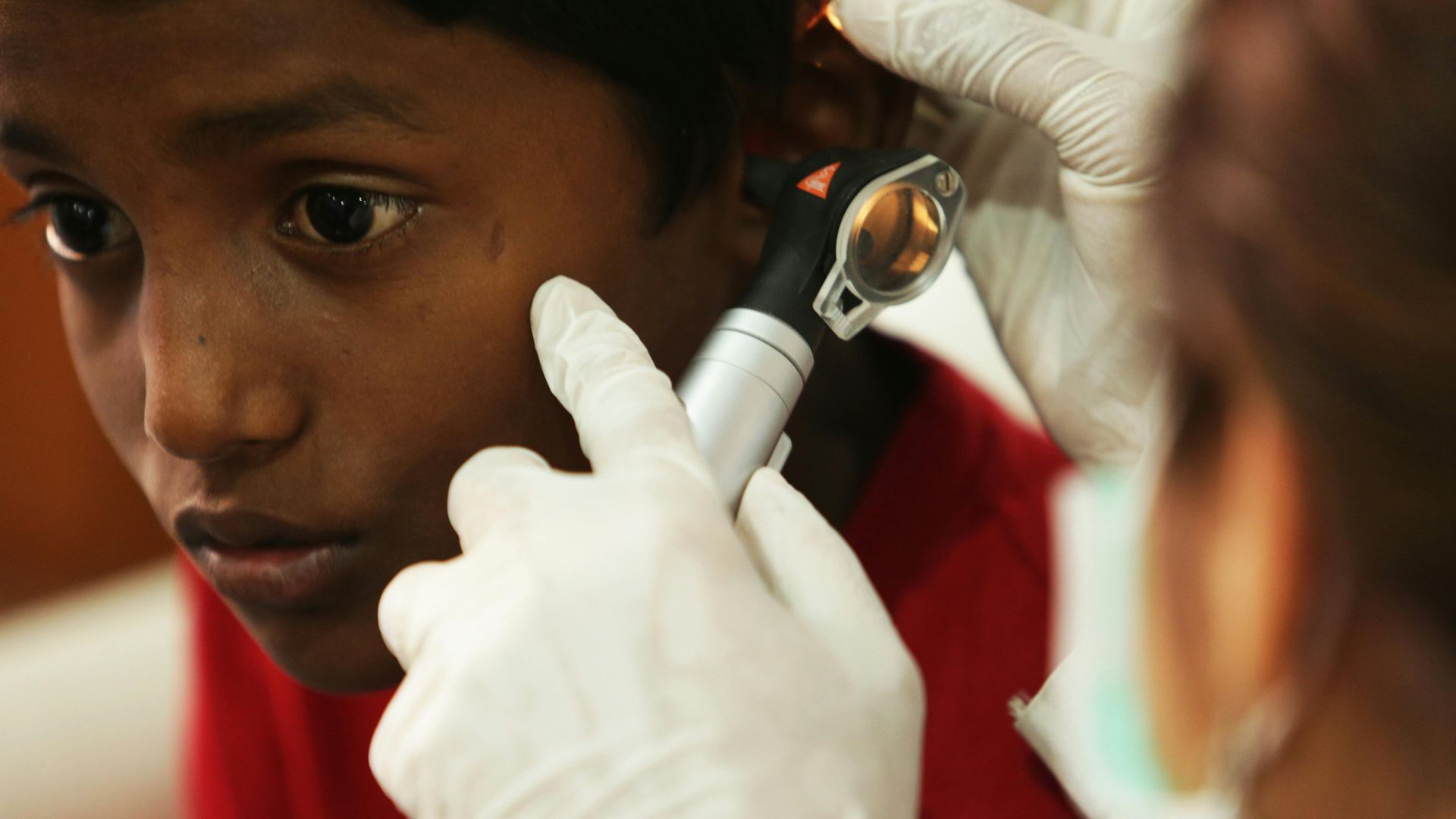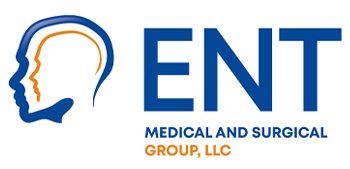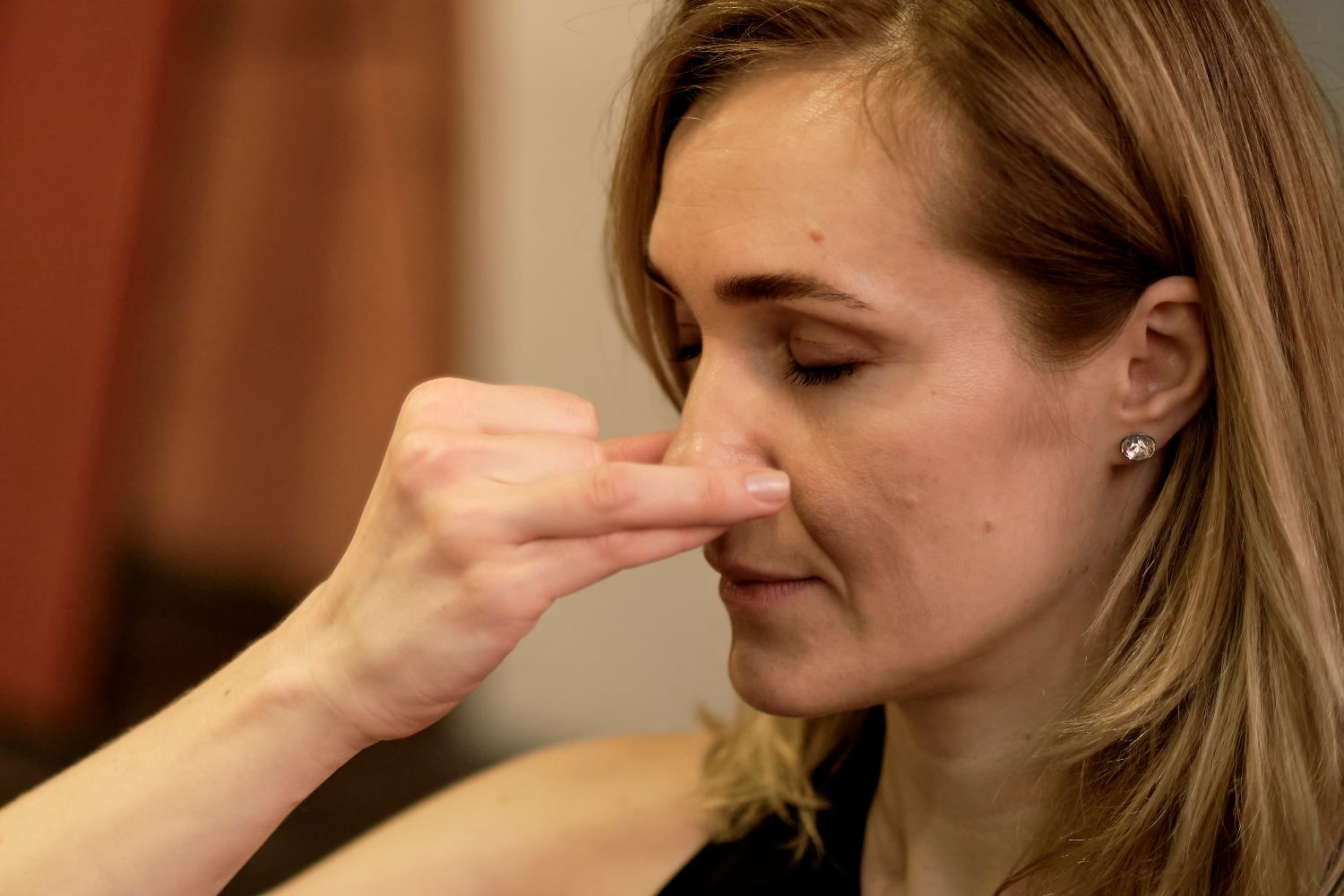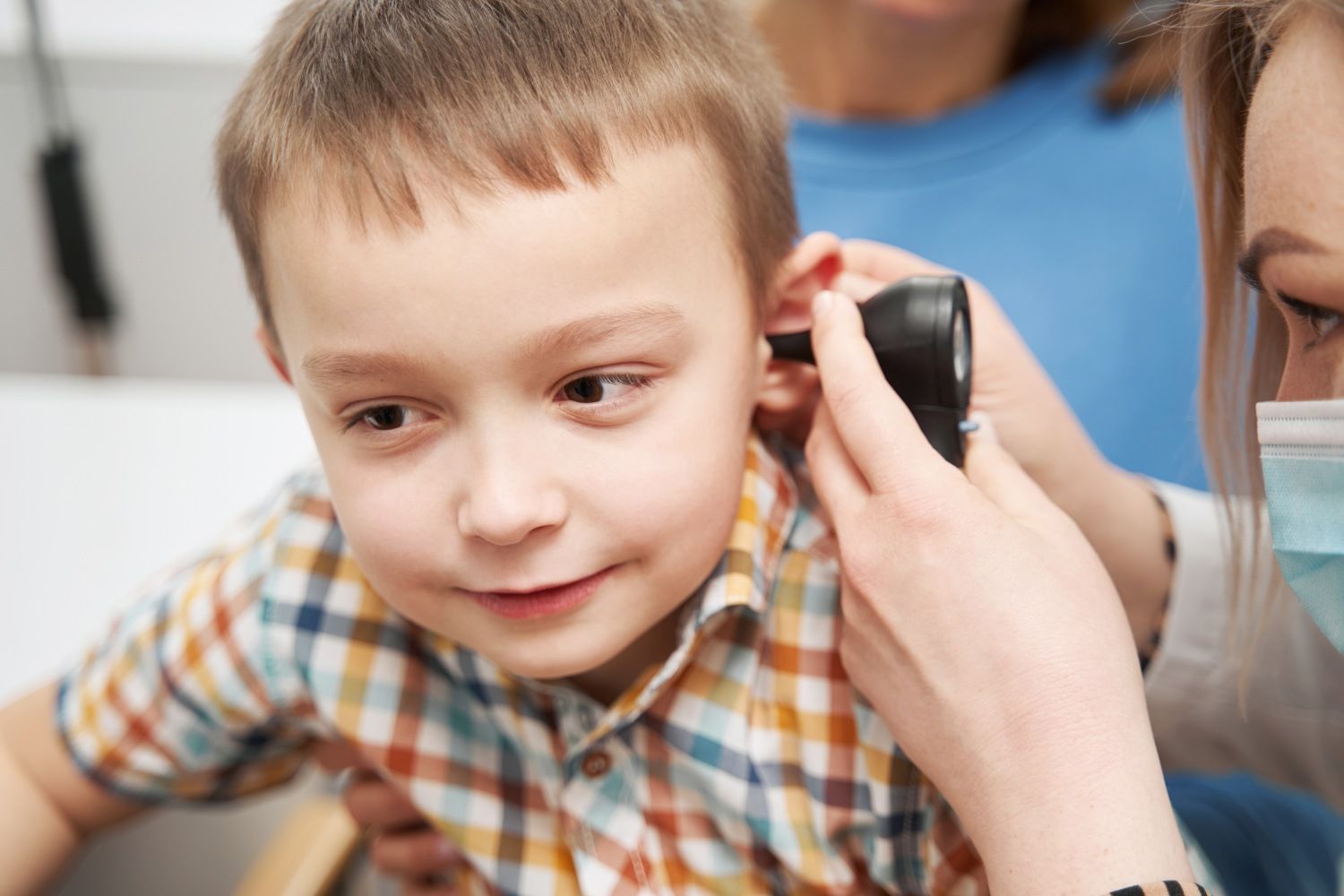Understanding Eustachian Tube Dysfunction: Causes, Symptoms, and Treatments
This is a subtitle for your new post

If you’ve ever experienced a feeling of fullness in your ears, popping sounds, or trouble hearing clearly, you might be dealing with something called Eustachian Tube Dysfunction (ETD). This common condition affects many people but is often misunderstood. It’s especially frequent in children because their Eustachian tubes are shorter and more horizontal—up to 70% of children have ETD episodes by age seven. A study revealed that ETD results in over two million clinic visits annually for patients aged 20 and older. In this blog, we’ll explain what ETD is, its causes and symptoms, and the treatment options that can help you find relief.
What is Eustachian Tube Dysfunction?
The Eustachian tubes are small passageways that connect the middle ear to the back of the nose and upper throat. Their primary function is to equalize the pressure on both sides of the eardrum and facilitate the drainage of fluid from the middle ear. This balance is essential for optimal hearing and overall ear health. However, when these tubes malfunction or become blocked, it can lead to a variety of uncomfortable symptoms. This condition is known as Eustachian Tube Dysfunction (ETD).
Causes of Eustachian Tube Dysfunction
There are several reasons why your Eustachian tubes might stop functioning properly:
- Colds and Sinus Infections: Inflammation from colds or sinus infections can block the tubes.
- Allergies: Allergic reactions can cause swelling and mucus buildup, affecting tube function.
- Barometric Pressure Changes: Rapid changes in altitude, such as flying or diving, can disrupt pressure regulation.
- Enlarged Adenoids: In children, enlarged adenoids can block the tubes.
- Smoking: Smoking irritates the mucous membranes and increases the risk of dysfunction.
- Anatomical Differences: Some people naturally have narrower or misshapen Eustachian tubes, making them more prone to issues.
- Gastroesophageal Reflux Disease (GERD): Acid reflux can irritate the throat and Eustachian tubes.
Common Symptoms of Eustachian Tube Dysfunction
If you’re experiencing ETD, you might notice:
- Ear Fullness or Pressure: A sensation of fullness or pressure in the ear is one of the most common signs.
- Hearing Changes: You may experience muffled hearing or a feeling that sounds are distant.
- Discomfort or Pain: Pain in the ear can occur if pressure builds up significantly.
- Tinnitus: Ringing or buzzing sounds in the ear may accompany other symptoms.
- Fluid Drainage: In some cases, fluid may build up in the middle ear, leading to further complications.
How is Eustachian Tube Dysfunction Diagnosed?
If you suspect ETD, it’s important to see an ear, nose, and throat professional. They will:
- Review your symptoms and medical history
- Examine your ears using an otoscope
- Possibly perform hearing tests or tympanometry to assess middle ear pressure
Treatment Options for Eustachian Tube Dysfunction
The good news is that ETD often improves on its own or with simple treatments. Some common approaches include:
1. Self-Care Tips
- Yawning and Swallowing: These actions help open the tubes.
- Chewing Gum or Sucking on Candy: This encourages swallowing and tube opening.
- Avoiding Sudden Pressure Changes: When flying, try swallowing or using special techniques like the Valsalva maneuver.
2. Medications
- Nasal Decongestants: These reduce swelling around the tubes but should not be used long-term.
- Antihistamines: Help with allergy-related ETD
- Steroid Nasal Sprays: Reduce inflammation in the nasal passages
3. Medical Procedures
If symptoms persist, your doctor might recommend:
- Myringotomy: A small incision in the eardrum to relieve pressure
- Ear Tubes (Grommets): Tiny tubes inserted to ventilate the middle ear
- Balloon Eustachian Tuboplasty: A newer procedure to open blocked tubes
When to See a Doctor
If you experience persistent symptoms of Eustachian tube dysfunction, especially pain, hearing loss, or fluid drainage, it’s essential to consult an otolaryngologist or ENT doctor. They can conduct a thorough evaluation and recommend appropriate treatment options tailored to your situation. Untreated ETD can sometimes lead to infections or other complications.
Need help with Eustachian Tube Dysfunction (ETD)?
At the ENT Medical and Surgical Group, we understand the challenges associated with Eustachian Tube Dysfunction (ETD). Our team of nationally recognized physicians and audiologists is dedicated to providing high-quality, comprehensive care for the ear, nose, sinuses, head, neck, and hearing needs of both children and adults.
Committed to medical excellence, we offer advanced treatment options for ear conditions to patients in New Haven, North Haven, and Branford, Connecticut. If you have questions or require assistance with your ear health, please don’t hesitate to reach out. We’re here to help you find relief and regain your quality of life.


